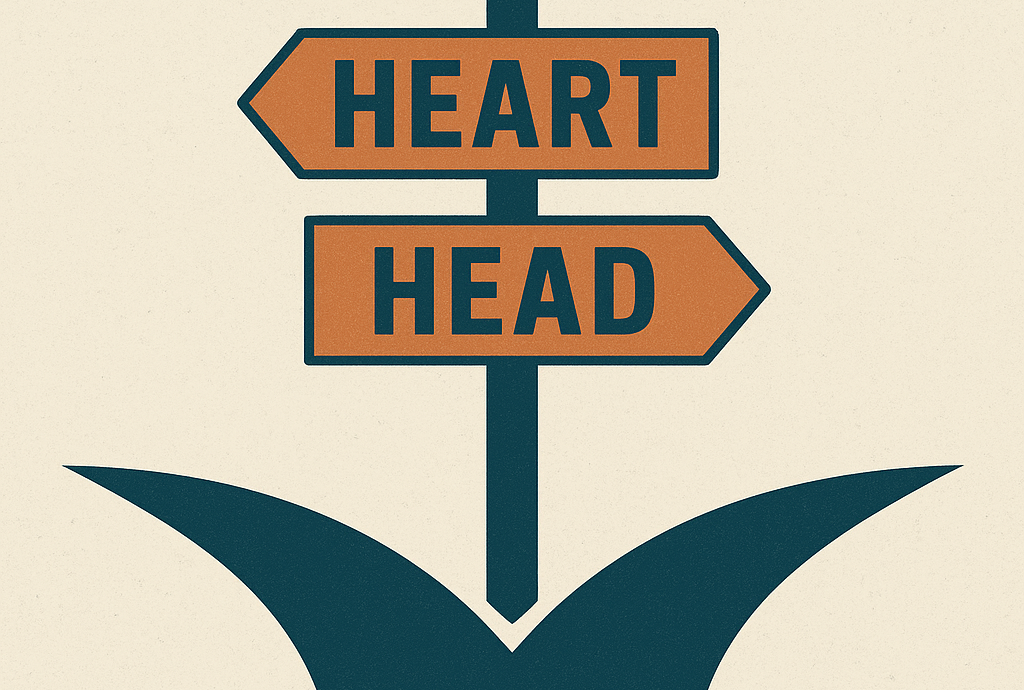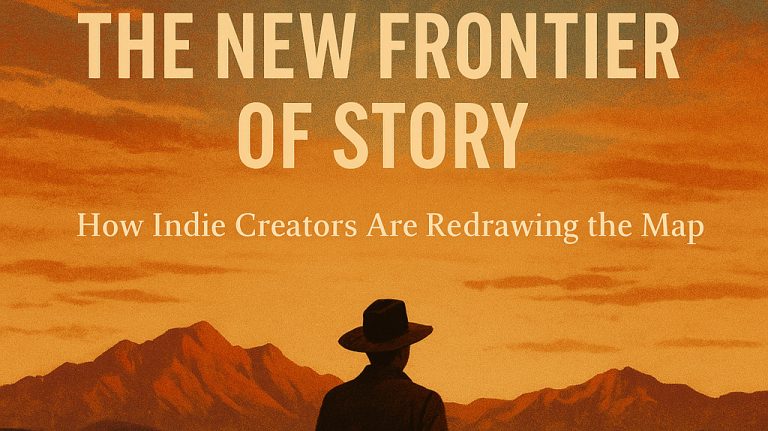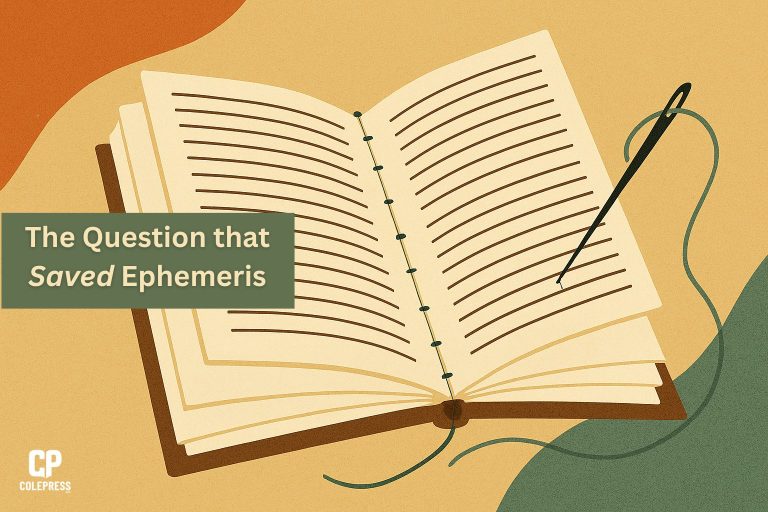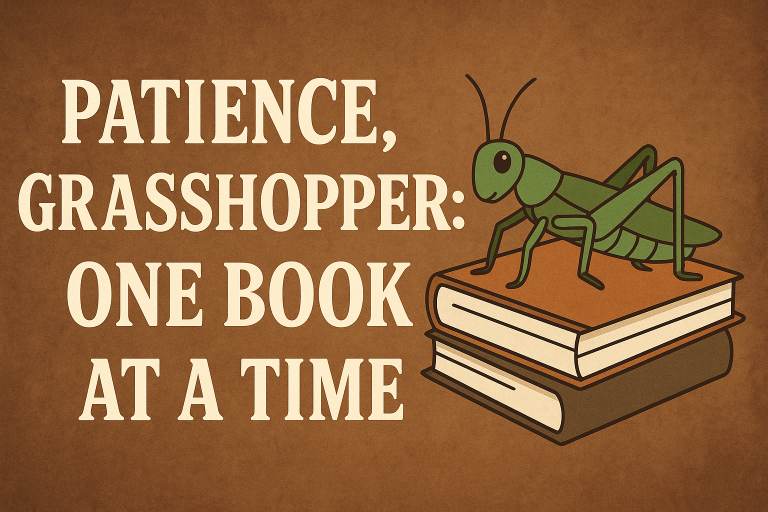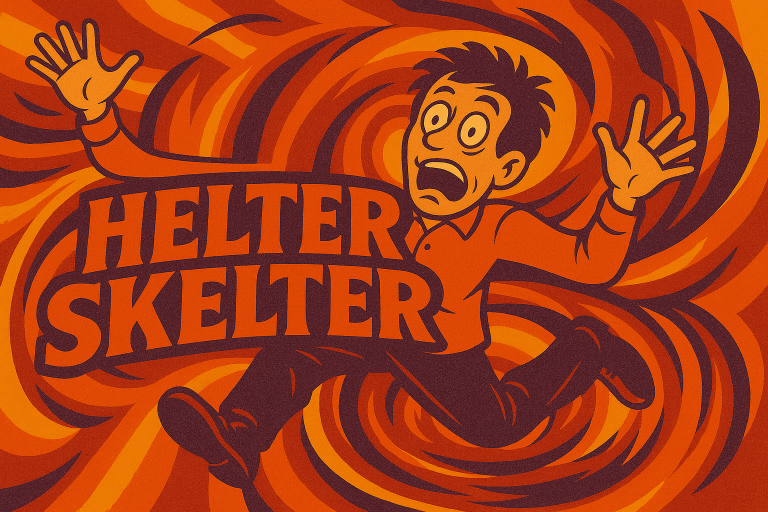I assumed this moment would come. It’s my first book and I’ve already hit the proverbial fork in the road. It’s not about plot holes or pacing issues. It’s about choice: one that will change the story in ways I can’t undo. And it’s not a choice between “good” and “bad” but between two equally compelling truths: one my heart wants and the one my head knows I have to follow.
The Invisible Battle in the Writer’s Room
On the surface, it might seem like writing is a purely creative act…you just follow the muse, let your heart lead, and trust it to take you somewhere worth going. And there’s truth in that. The emotional pull of a story is often what makes it worth writing in the first place.
But there’s another side to storytelling that’s colder, quieter, and sometimes a little ruthless. It’s the structural side: the part of you that knows the rules of pacing, the importance of tension, and the promises you’ve made to the reader. That part that watches the road ahead like a chess player, seeing how each move affects the next ten turns.
When those two sides agree, writing feels effortless. When they don’t, you’re in for some long walks, late nights, and staring contests with your own outline.
The Heart’s Case
The heart is persuasive. It tells you, This is the moment the reader has been waiting for. It urges you to give the character the win they deserve, to honor the emotional journey you’ve been building toward. The heart’s argument is about connection: the idea that stories are supposed to make us feel, and you should never miss the chance to deepen that bond.
When I listen to my heart in these moments, I can already see the scene play out. I can feel the resonance, the satisfaction, the way it would make me as a reader nod in approval. It’s tempting to follow that path every time, because who doesn’t want to give themselves…and their audience…the payoff they’ve been craving?
The Head’s Case
The head, on the other hand, isn’t here to make you feel good in the moment. It’s here to protect the integrity of the story. It’s the voice that says, Yes, this might feel satisfying now, but what about three chapters from now? It’s the keeper of pacing, tone, and long-term consequence.
When the head wins, it’s not because it’s more logical or “better” than the heart’s choice. It’s because it can see the invisible damage that might come from indulging an impulse too soon or too completely. It knows the difference between giving the reader what they want and giving them what they need…and those two things are not always the same.
The Fork in the Road
Right now, I’m standing at a point in Ephemeris where my heart wants to take one road, and my head is urging me to take another. I can’t share the specifics without giving away a major turn in the book (one way or the other) and I’m not about to rob future readers of that experience. But I can tell you what it feels like.
It’s like holding two maps, each promising a destination you care about deeply. One is the scenic route: beautiful, moving, emotionally fulfilling. The other is the straight line: purposeful, strategic, and necessary for the terrain ahead. The trouble is, once you pick one, you can’t backtrack.
In real life, you can sometimes take the scenic road and still find a shortcut back to where you meant to go. In fiction, the road you choose rewrites the geography of the world.
Why This Decision Hurts More Than Most
Part of the sting comes from how much time you spend with your characters. By the time you’re 50,000 words in, they don’t just exist in your imagination: they’ve taken up space in your daily thoughts. You know their flaws, their habits, their fears. You know exactly how much they’ve already lost.
So when you face a choice that could either protect them or challenge them (or even kill them), your heart naturally leans toward protection. You’ve walked with them through fire; why not let them rest?
But the head reminds you: comfort is the enemy of growth. If a character never faces the hard road, the reader never gets the story they came for.
Living With the Choice
No matter which road you take, you must live with it. You’ll rewrite, adjust, and try to make peace with the consequences. Sometimes you’ll look back and know you were right. Other times, you’ll wonder if you could have made it work the other way. That’s the nature of writing: you’re making permanent decisions in a medium that’s all about infinite possibility.
For me, the real work is in finding a way to honor both the head and the heart, even when one has to take the lead. Maybe that means layering in subtle moments of the heart’s desire within the head’s strategic path. Maybe it means reshaping the head’s plan so it still leaves room for emotional truth.
The goal is always the same: to tell the best version of the story, even if that means breaking your own heart along the way.
The Compass You Can Trust
When I finally do choose…and I will…it’ll be because I’ve found the direction that makes the story stronger without betraying the characters. That’s my compass. It’s the thing that keeps me from wandering too far toward indulgence or too far toward cold calculation.
The best stories, after all, are the ones that balance both: the beating heart that pulls you in and the steady hand that guides you through.
If you’ve ever been at that kind of fork in the road – in writing or in life – you know the tension. The temptation to go where it feels good versus the discipline to go where it matters. For writers, it’s not just a decision about a character. It’s a decision about the soul of the book.
And sometimes, you only know if you were right when you type the very last word.

